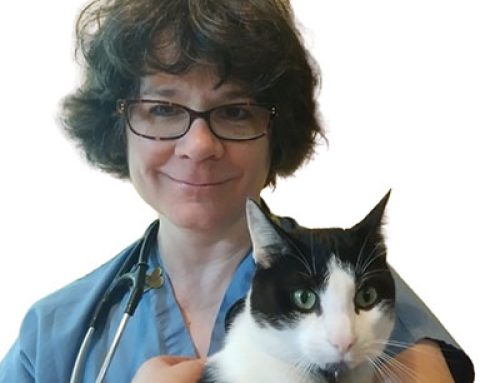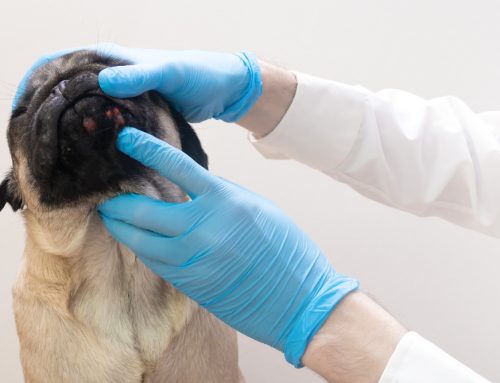Nothing is more important for a veterinary specialist than fostering good, lasting relationships with their referral partners. We all know relationships take work, but focusing on a few key strategies can help you build and maintain your referral network without feeling overstretched. A good first step is joining VESPECON’s specialist network—we can connect you directly with general practitioners in your area, and then keep you connected. We make referral easier for general practitioners, because we coordinate their specialty appointments. When you are part of our network, we can help you effortlessly attract new referral partners and increase use of your services, and help facilitate communication. Here are a few other strategies to help you build—and keep—referral relationships.
#1: Set client expectations
Continued referrals hinge on client satisfaction with the care and service they received from your office. Setting appropriate expectations is key, because specialty veterinary medicine deals with complex, chronic, and often life-threatening conditions, and not all patients have good outcomes. If you’re clear and compassionate from the get-go, clients are less likely to be upset with you should their pet’s case have a poor outcome. You should discuss the following with clients prior to or during their referral:
- Costs — Clients should know the initial consultation cost before they walk through your door, so they can be mentally and financially prepared. If a specific procedure or recommendation is likely, based on the patient’s condition, you can give ballpark estimates prior to the visit, ensuring clients understand that costs can’t be confirmed until after the initial consultation. Clients should also be provided with an estimate for any service recommended during their visit, so they can make informed decisions.
- Expected treatment timeline — How many visits could be necessary to control or resolve the pet’s condition? Many clients are already frustrated with unsuccessful treatments by the time they see a specialist, so explaining their pet’s condition along with an expected timeline can help prevent further stress.
- Expected treatment outcomes — Be honest with clients about treatment success rates and their pet’s specific situation. If they know in advance that an $8,000 procedure has only a 50/50 success rate and you’re honest about the possibility of failure, they’re less likely to blame you for a poor outcome or accuse you of overcharging.
#2: Focus on communication
Communication is the absolute most important aspect of any relationship. Frequent, clear, and concise communication between you and your referring veterinarians prevents many common pitfalls and keeps everyone in the loop. Speak with the referring veterinarian prior to referral about receiving updates and the level of involvement they want in their patient’s case, and adhere to those preferences. For each referral, consider the following key communications:
- Requesting records — Contact the referring veterinarian prior to the patient’s visit to request records. Ensure the referring veterinarian’s office understands which information is relevant, and which is not.
- Patient updates — Timely updates ensure each veterinarian knows the patient’s status, and the client receives consistent messaging.
- Care transfer — When the patient’s treatment is complete, or they’re stable enough to return to the referring veterinarian, ensure the referring veterinarian thoroughly understands the case. What tests or medications does the patient need going forward? When should they return to the specialist? What is the pet’s prognosis?
#3: Provide opportunities for in-person meetings

While email, text, and other electronic communications often form the bulk of specialist-referring veterinarian communications, speaking on the phone or in person can help you get to know each other on a more personal level. But, phone conversations are typically brief and patient-focused, and socializing outside the office can greatly strengthen relationships. Consider the following strategies to build rapport with your referral network:
- Newsletters — Quarterly or semi-annual newsletters can keep your referral network updated on your office happenings, including new equipment or services, new staff, and upcoming events.
- Open houses — Hosting an open house offers an opportunity for in-person meetings with your referral partners and their staff. When they can ask questions, understand who you are as a person and as a clinician, and see your facilities, they’ll feel confident leaving their patients in your hands.
- CE opportunities — Sharing your knowledge helps referring veterinarians better manage cases prior to referral, helps them understand when referral benefits their patients, and offers everyone an opportunity for professional and social engagement.
Relationships are hard, but VESPECON makes them easier. We can help you build your referral network, and foster lasting referral partner relationships. Are you ready to experience the positive changes we can offer your specialty practice? Contact us to get started.







Leave A Comment